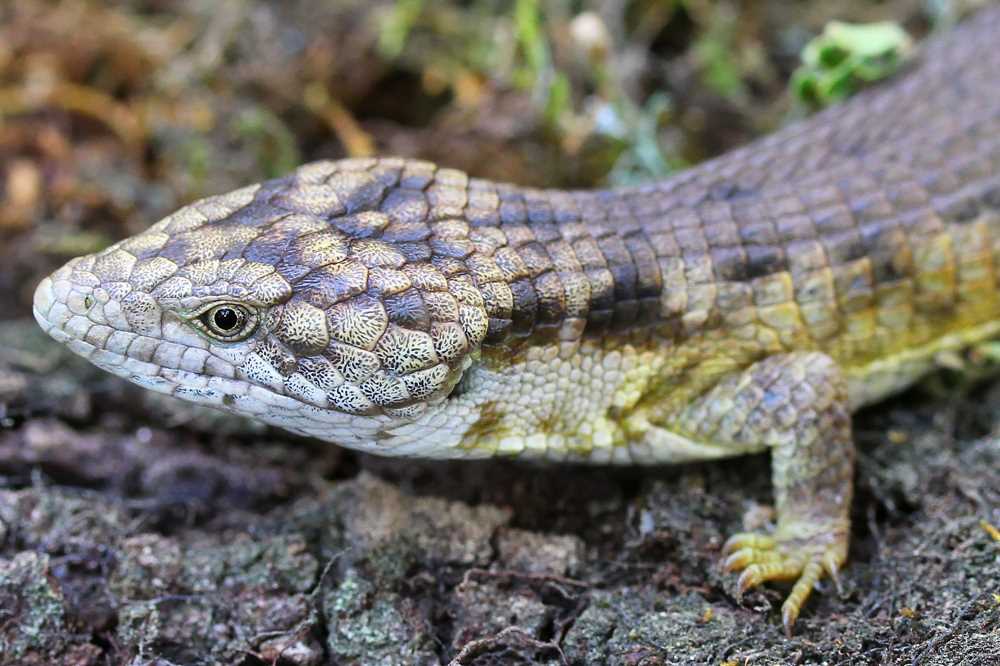Lizard Lore and the Fight for Survival in Chiapas
Scientists in Mexico have discovered a new species of lizard, the Coapilla dragon. This tiny, tree-dwelling lizard is brightly colored and extremely rare. Sadly, threats like habitat destruction and illegal wildlife trafficking put its survival at risk.

Deep in the lush, tangled forests of Chiapas, Mexico, where legends slither between sunlight and shadows, a team of intrepid scientists were chasing their own mythical quarry. Their elusive goal wasn't a feathered serpent or a lost Mayan temple, but something just as extraordinary for the world of biology – a new species of lizard. In the end, they wouldn't just find their scientific treasure, they'd uncover a creature worthy of folklore: the Coapilla dragon.
This isn't a tale of a lone hero venturing into the unknown. Adventures in science are a team effort, each role as vital as the next. At the heart of this story is Adrián Nieto Montes de Oca of Mexico's National Autonomous University (UNAM), a seasoned reptile hunter with three decades of field experience and a knack for finding hidden biodiversity. His frequent collaborator, Israel Solano Zavaleta, brings youthful energy and a sharp eye honed on the elusive lizards themselves.




